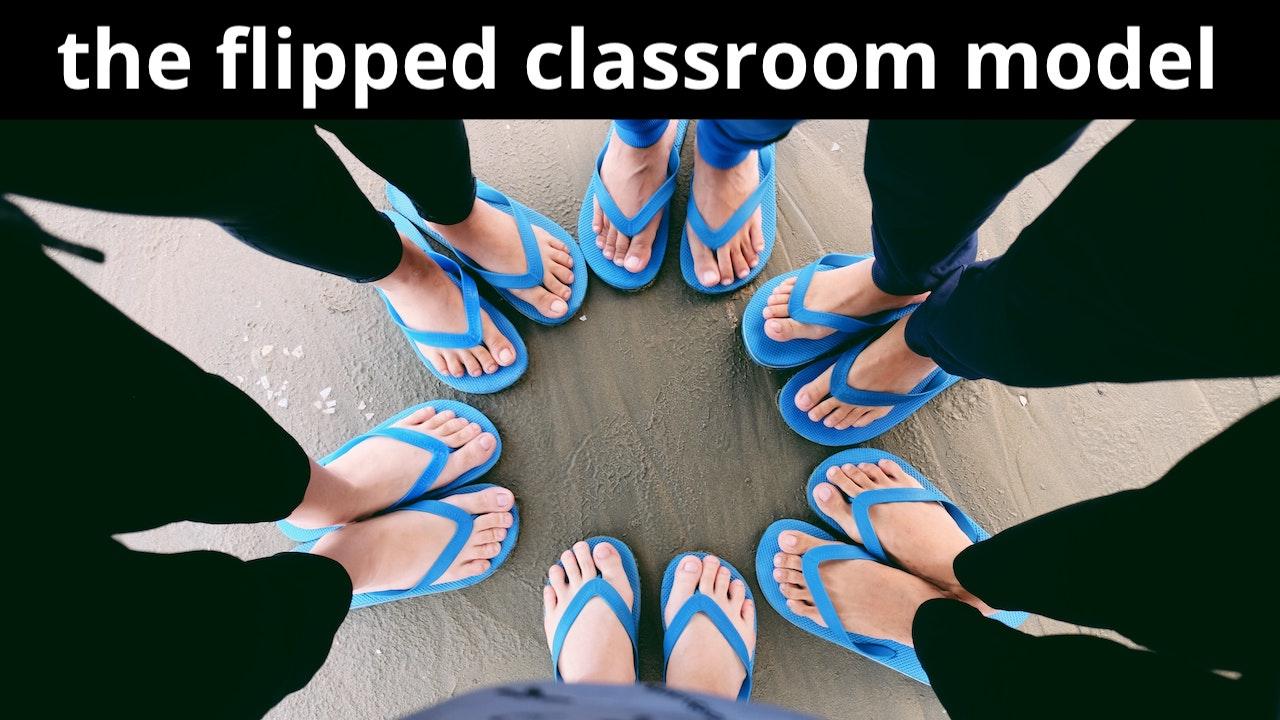2022 is slowly coming to an end, which can only mean one thing: We must select the best course design model for 2023. In order to pick the winner, we need to remind ourselves of what a good 2020s highered course is. A good course helps students accomplish two things: learn a ton and get to know heaps of people. So which course model is best suited for the job? Drumroll… the flipped classroom (FC) model!
Surprisingly, the FC model has nothing to do with classroom footwear and everything with where students learn. In a flipped scenario, students consume new knowledge at home and then apply it in class. This is in contrast with the traditional design that has dominated higher education for centuries, where students come to campus to acquire knowledge in a lecture, and then (sometimes) apply it at home in an assignment.
The problem with the traditional approach is its overreliance on the infamous live lecture. Live lectures often work for one person only - the lecturer. For everyone else, it is too slow or too fast, too basic or too advanced. Moreover, everyone sitting silently, facing the same direction is not exactly fertile ground for getting to know each other.
In flipped courses, students watch pre-recorded lectures that they can pause, speed up or rewatch, and so adjust the pace to their individual needs. In addition, class time is freed up for meaningful interaction, team building, and deeper engagement with the material. Paradoxically, we are able to create a much more human study experience thanks to technology.
Now, there is ample empirical evidence for the FC’s superiority. For example, this recent meta-analysis shows FC outperforms the traditional arrangement pretty much across the board, and students like it better. So if you’re a lecturer considering switching to the flipped classroom model, rest assured, it won't flop.
References
Bredow, C. A., Roehling, P. V., Knorp, A. J., & Sweet, A. M. (2021). To Flip or Not to Flip? A Meta-Analysis of the Efficacy of Flipped Learning in Higher Education. Review of Educational Research, 91(6), 878–918. https://doi.org/10.3102/00346543211019122
Photo by Kacey Nguyen on Unsplash
